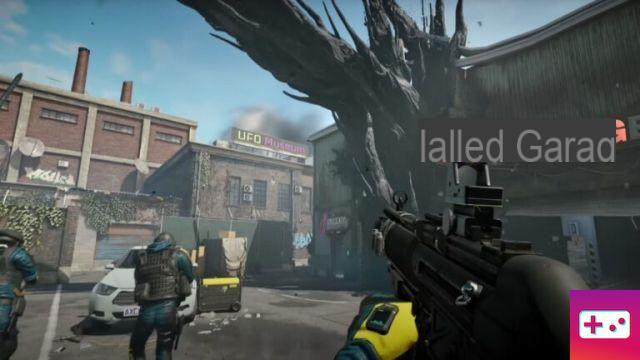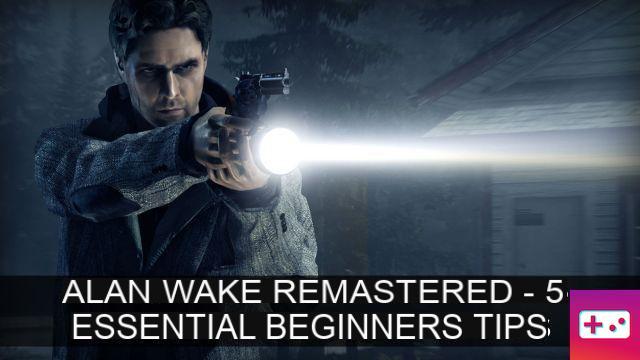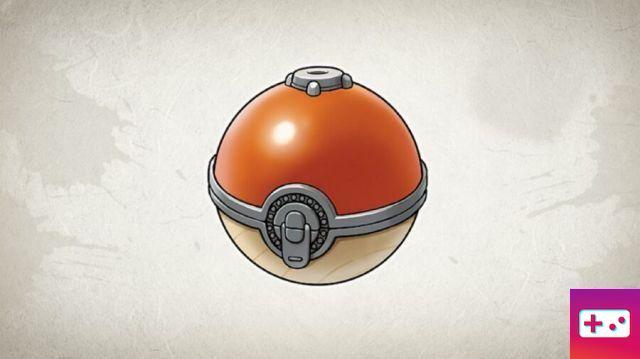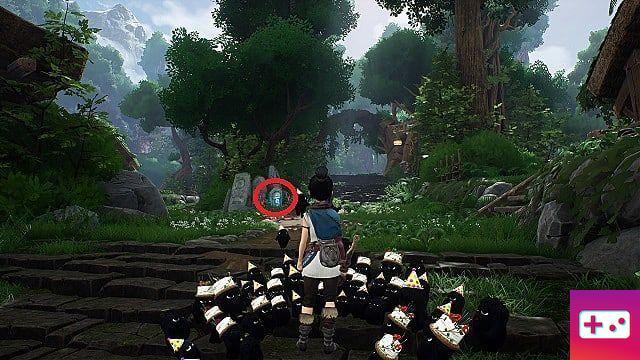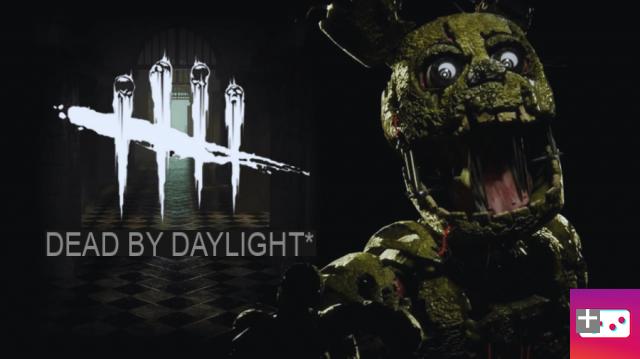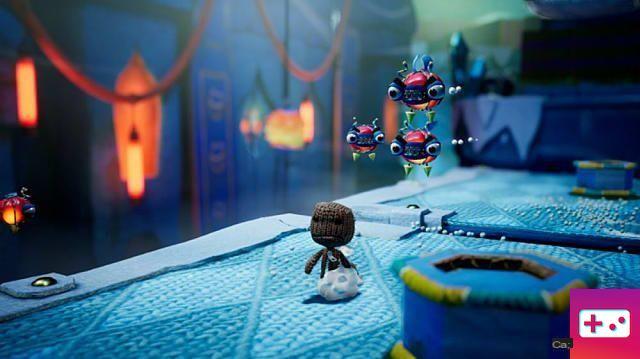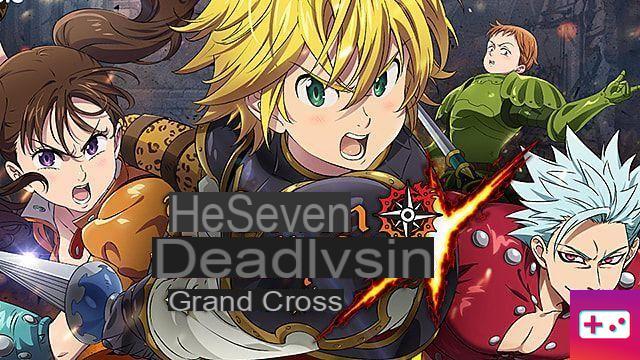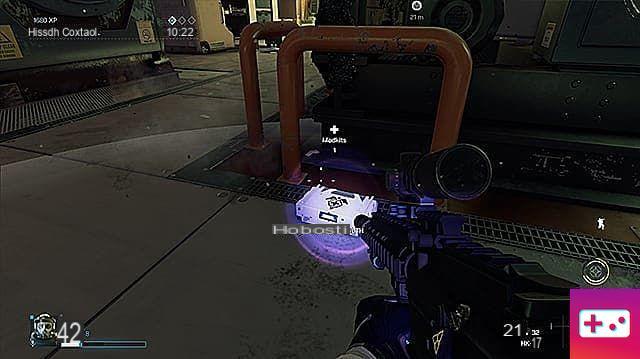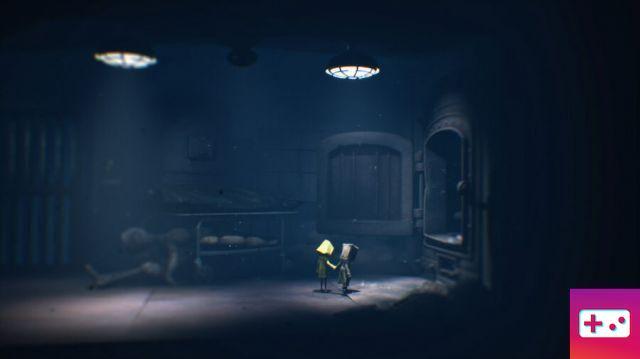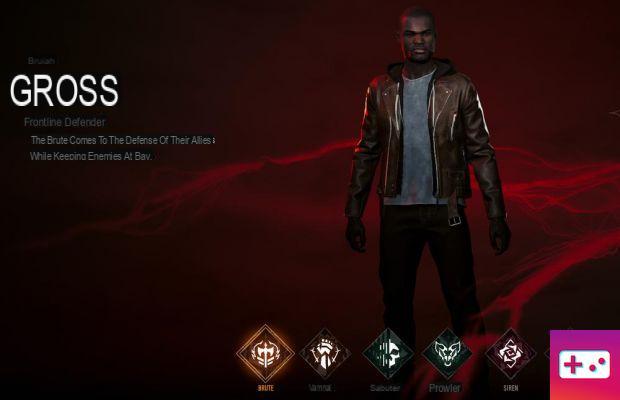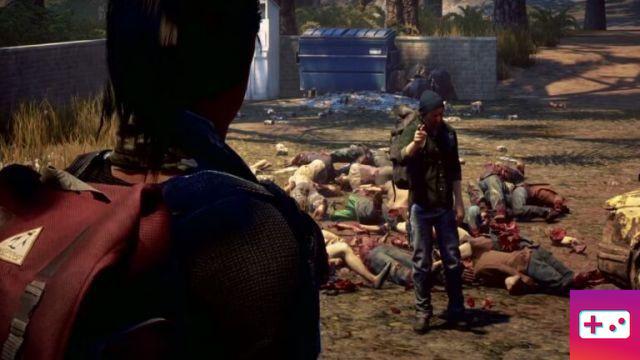
The Witcher 3: Wild Hunt is a massive immersive game that you need to experience for yourself – especially if the Netflix series tempted you to try the title for yourself. This is probably not the type of stock you want to analyze in a few days; instead, it's a role-playing game in which you'll seek to get lost and go on your own adventures. However, with any release of this size and relative complexity, it can be useful to start on the right note. With that in mind, we've put together this hopefully helpful little guide that covers the basics of an effective Witcher. Step forward and drink deeply from the fountain of knowledge.
The Witcher 3: Wild Hunt Guides PS4
- Guide: Tips and tricks for beginners in The Witcher 3 on PS4
- Guide: Which skills should you choose in The Witcher 3 on PS4?
- Guide: Where to find all Places of Power in The Witcher 3 on PS4
- Guide: Tips for surviving The Witcher 3's punishing combat on PS4
- Guide: The best character builds for Geralt in The Witcher 3 on PS4
- Guide: How to Beat Every Enemy Type in The Witcher 3 on PS4
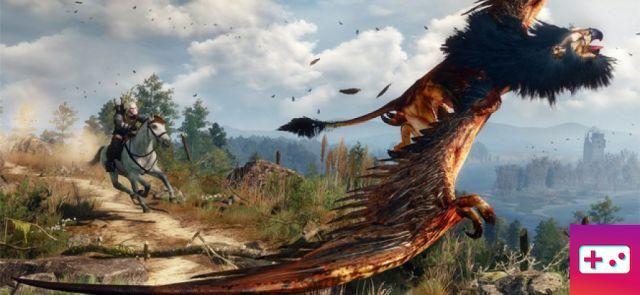
No, enemies do not scale with your level
The world of The Witcher 3 is gigantic, but you can't just gallop across the map and expect to arrive at your location in one piece. There are monsters everywhere, and many of them are out to tear you apart. Some of them will be too much to handle at first, as the enemies don't scale with your level. This means that every creature you encounter will have a set level – they will maintain the same strength whether Geralt sits at level 1 or level 50.
But don't worry about encountering potential challenges. Your trusty steed, Roach, can outrun most enemies at full speed, and thanks to the minimap, you should be able to see monsters as little red dots long before you actually come into contact with them. Unfortunately, you won't be able to tell how strong your enemy is until you get close enough to see their health bar - so if you're not really sure what you're up against, always have a backup plan. Be prepared to run, bring some good healing items, and quickly cast quen (a sign that gives you a temporary protection shield).
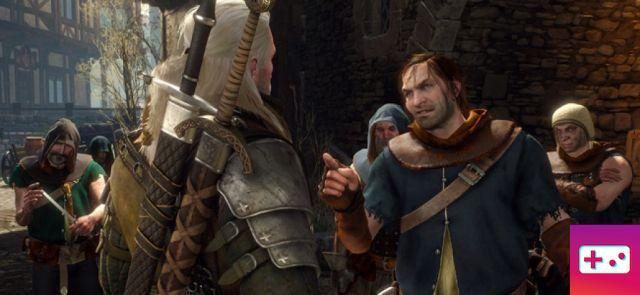
As always, save your game
Tying right into our last point, don't forget to manually save your game. When you're busy completing quests, the game automatically saves your progress at certain checkpoints, but when you're on the go and exploring the wilderness, a little jaunt through the save menu can, uh, save you a lot time if you are unexpectedly hit by a powerful beast.
The good thing about manual recording is that you can do it anywhere, as long as you're out of a conversation and not engaged in a battle. With that in mind, you should definitely get used to hitting the Options button and hitting "Save Game" when you feel danger might be lurking around the next corner. It only takes a second and it could be extremely useful.

Movement is essential, but know when to stop
Surviving against deadly monsters is largely a matter of timing in The Witcher 3. Your dodge roll, which is mapped to X, is key to dodging attacks from large enemies that cover a lot of distance with a single swing. Meanwhile, your side step, which is mapped in a circle, is perfect for dodging smaller hits, like a bandit's sword swing or the mud glob a water witch just kicked. throw you.
Both evade techniques are crucial in combat, and it's worth pointing out that you can sidestep frequently without much pausing, but you shouldn't jump and roll for fun. Move too much and you'll probably get caught in an attack anyway, as Geralt will already be halfway through an animation.
As with your own sword attacks, it's best to only flee when you need to or when you need to put space between you and your enemy so you can catch your breath. It's a bit of a cliché when martial arts masters say excess movement is wasteful, but the age-old teaching certainly applies here. Played right, Geralt is a patient yet agile fighter, always waiting for the right moment to strike.
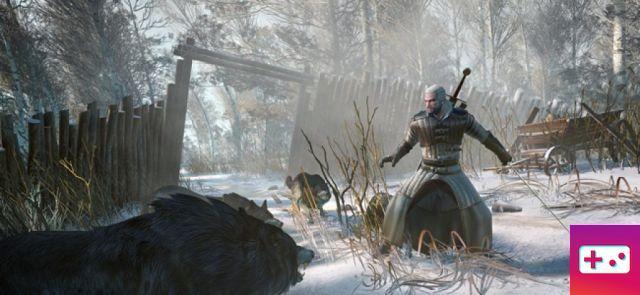
Don't bother trying to grind
Ah, good old grind. In role-playing games of yore, grinding was anything but a necessity if you wanted to progress. Running into a boss that's too tough? It is better to return to the world map and kill hundreds of enemies in order to level up several times. Over the years, grinding has been phased out - at least as far as most Western RPGs go. Many titles now use systems like enemy level scaling, but without such workings in The Witcher 3, does that mean you have to hunt for experience points?
The answer to this question is no. Although there are quests and monsters that you may find too difficult at your current level, never be discouraged. Going out into the woods and killing the same group of wolves day after day will net you a pitiful amount of experience, so it's best to find and complete quests that are at or near your level. And, while there will be times when it will seem like all the quests you encounter are beyond your abilities, don't give up. There's almost always something on the map, or a quest you missed, that's geared specifically to your level - just go explore.
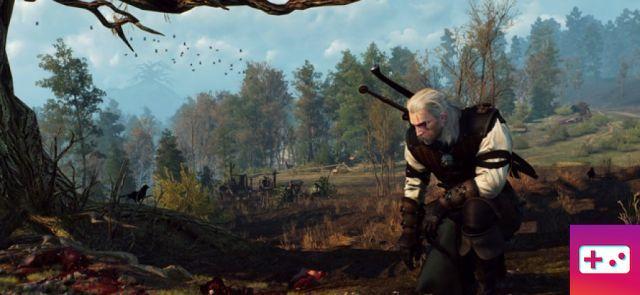
Meditate daily, maaaan
No, Geralt isn't meditating just because it might be considered the 'cool' thing to do - it's actually a regular part of a witcher's routine. Meditation takes discipline, and our grizzled protagonist has wads of tricks.
As long as you're not engaged in combat or on a particularly hectic quest, you can tap L1 at any time to open the radial menu. From there, press square and you will be taken to the meditation menu. Here you can pass the time by meditating – just set the clock to the desired time and watch the hours go by. Not only does meditating allow you to jump at a specific time, but doing it also fully restores your health on all but the hardest difficulty levels.
It's especially handy when you're diving into a dungeon and you know there's more fights to come. If you've ever taken a beating, open this meditation menu and close your eyes for an hour – when you wake up, you'll be back to full vitality.
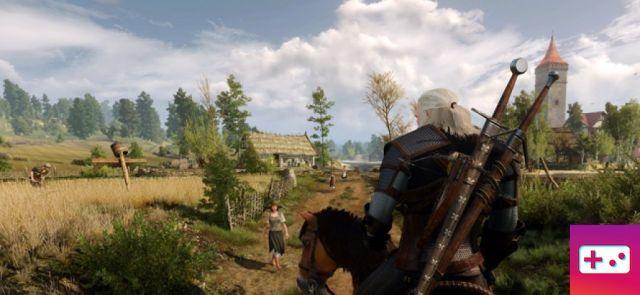
This ain't a case of collect-'em-all
In the world of The Witcher 3, raw alchemy ingredients can be found all over the place. From flower petals to fruit and monster limbs to crystal dust, you can spend hours running around and filling your pockets with whatever you look at. However, we advise against doing so for two reasons. First of all, it's not very fun. Second, you really don't need all of these ingredients. Of course, take a few flowers while crossing a meadow, but a handful is enough.
Alchemy in Wild Hunt has been streamlined, in that you only need to craft a potion once for it to stay in your inventory. Each time you brew one of Geralt's main tinctures, it will likely start with two or three uses, depending on the potion. Drink the formula three times, and it's all gone, but don't worry – you can refill your bottle quite easily. All you need to do is make sure you have some sort of alcohol in your inventory. Then, when you meditate, you will automatically use this alcohol to replenish your potions. Nifty, huh?
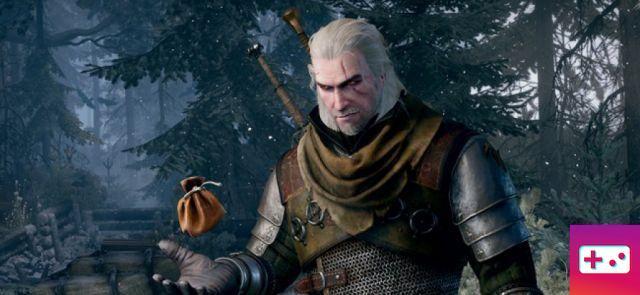
Carry too much? To crush
The Witcher 3 has a pretty standard crafting system, but the good part is that ingredients and materials weigh nothing. And so, if you're weighed down by shitty weapons you've picked out of bandit corpses, or ineffective armor you've nabbed from a treasure chest deep in an ancient ruin, your first stop should be the blacksmith. the closest.
It's more than likely that the gear you're carrying isn't worth a lot of coins, so your best bet is to dismantle everything. By dismantling your unwanted equipment, you acquire the components that make it up. Disassemble a sword and you'll get a piece of metal and a wooden handle, for example, then you can reuse those pieces when you want to forge a better weapon later down the line.
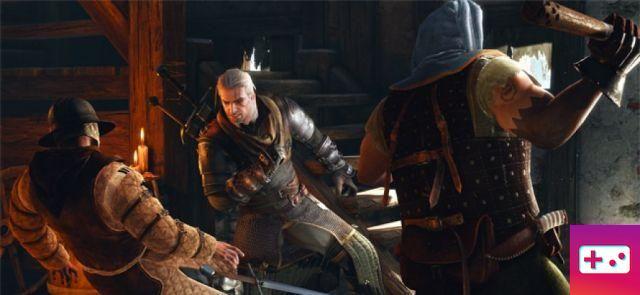
Have patience – you will get stronger
For your first few hours as Geralt, you might feel like the snot is being kicked out of you by just about everyone and everything. That's natural in an RPG - but Geralt is supposed to be a badass, right? Well, the thing is, yes, Geralt is indeed a badass – you're the problem.
Emerging victorious over your enemies is as much a matter of foreknowledge as raw skill. The first time you fight a gryphon you're probably going to have some trouble, but this battle is a learning experience. You now know her attack patterns, what magic works best, and when she leaves herself wide open to your strikes, and the next time you encounter one of the winged motherfuckers, you'll be prepared.
It's times like these when it's a good idea to check out your bestiary. Found under the glossary tab in the touchpad menu, the bestiary shows the weaknesses of any monster you've ever killed or experienced. You may feel a little weak and vulnerable at first, but you'll get better – trust us on that.

There's no shame in lowering the difficulty
Who would have thought – a game full of smart, deadly monsters is actually quite difficult at times. Boss enemies can be a real pain in the neck without proper preparation, groups of small enemies can overwhelm you if you're not careful, and over-leveled beasts can knock your confidence down in an instant.
If you've hit a brick wall, know that it's never worth getting frustrated with. You bought this version with your own money – and you're here to enjoy it. If you're having real trouble and the fun is slowly creeping in, go to the options menu and change the difficulty. In the simplest setting, dubbed 'just the story', you'll take far less damage from enemies while inflicting far more punishment. Things can still be tricky at times, and you'll still need to use dodges and magic in a timely manner, but if you're inexperienced with action games, or just have trouble Finding Your Balance is a well-balanced difficulty that's perfect for learning the ins and outs of combat.
You can change the difficulty at any time - although this will void all difficulty-related trophies - so experiment and see which setting works best for you. As we've mentioned countless times by now, The Witcher 3 is a huge RPG, so it's best to get comfortable early to enjoy the ride.







